Table of Contents
“The truth is out there—and these monoliths may be the key.”
We’re not sure where the enigmatic monoliths came from. But we know they’re art.
Editor’s note, June 18, 2024: The monoliths are back! This article was originally published on December 4, 2020. A new monolith appeared in Nevada in June 2024.
OVERVIEW
Grady (2024) The roaming monoliths of Utah, Romania, California, and New Mexico, like a gift from some benevolent higher being, have entered the flaming, plague-ridden nightmare-scape of 2020, bringing real wonder and joy.
The monoliths are large vertical slabs of metal that stand 10 to 12 feet tall. They emerge without notice and go just as suddenly. First, there was one in the Utah desert that appeared on November 18 and disappeared on November 27. Second, one emerged outside Piatra Neamt, Romania, on November 27 and vanished on December 2.
Third, one near the top of Pine Mountain in Atascadero, California, emerged on December 2, was removed on December 3, then returned on December 4. And fourth, one in Albuquerque, New Mexico, which emerged on December 7 and was removed the same day.
They resemble extraterrestrial artifacts. That’s due, in part, to their resemblance to the monoliths in Stanley Kubrick’s sci-fi classic 2001: A Space Odyssey, in which aliens plant massive black monoliths to lead humans through the evolutionary process.
All four of these real-life monoliths, whether created by Kubrick or not, are spooky, solitary things. Nobody knows if another may emerge unexpectedly or depart into the night.
Little do we virtually know about these monoliths, and that appears to be part of the goal. They are a lovely, unexplained occurrence that demonstrates that the universe still holds miracles.
Here’s what we know about the monoliths—and why we keep talking about them.
A monolith roadmap
The first monolith was found in November in a secluded desert canyon in Utah’s Red Rock Country. A helicopter crew counting bighorn sheep observed a flare of metal towering up from the ground and flew down to investigate, where they discovered a gigantic smooth metal triangle prism firmly imbedded in the red sandstone of the canyon bottom, simply standing there.
“What the heck is that?” one of the employees says in a video released by the Utah Department of Public Safety. “Okay, the intrepid explorers go down to investigate the alien life form,” a second voice says.
Utah’s Division of Wildlife Services told the New York Times that the canyon is isolated and inaccessible without a helicopter. “It’s a difficult place to get to by car and on foot,” a spokeswoman stated. Officials from the Department of Public Safety stated that they had no clue how long the monolith had been there, even though Reddit sleuths used Google Maps Earth View to determine that it was erected between August 2015 and October 2016.
The Utah Department of Public Safety announced the “unusual find” on Facebook, with a humorous alien emoji attached, and the story took off from there. What’s not to like about a mystery relic that is both an art piece and perhaps from aliens, discovered out of nowhere in the middle of the desert during a plague year?
Plenty, argued BASE jumper Andy Lewis and adventure guide Sylvan Christensen, who filmed themselves removing the monolith from the desert on November 27. They claim they did this for environmental reasons. “This land wasn’t physically prepared for the population shift,” they declared in a joint statement. The statement goes on to explain that the quick fall of thousands of monolith-gazers into the pristine desert area, with no infrastructure in place to sustain them, caused irreparable damage to the fragile ecology.
“Time to be clear: the demolition of the Utah Monolith is dreadful — yet if anyone believe we’re proud— we’re not,” they tweeted. “We are dismayed. Furthermore, we arrived too late.”
But on the precise day that the Utah monolith would vanish, a second monolith appeared. On November 27, Romanian newspapers reported finding another monolith outside the city of Piatra Neamt, on the plateau of Bâtca Doamnei, next to an ancient site.
The Romanian monolith, like the Utah monolith, is a large triangular prism that stands 10 to 12 feet tall. Unlike the Utah monolith, which had a smooth, shiny surface, the Romanian monolith is covered in looping patterns and has a welded seam near its base.
Piatra Neamt Mayor Andrei Carabelea joked on Facebook, “My guess is that some alien, cheeky, and horrendous teenagers left home with their parents’ UFO and began planting metal monoliths all over the world.” First in Utah, then Piatra Neamt. I am thrilled that they have chosen our city.” (The English translation is courtesy of the Independent.)
However, unlike Lewis and Christensen, Carabelea did not appear to be concerned about the impact of monolith-based tourism on the area’s natural environment. On the contrary, he expressed his optimism that the monolith will draw more tourists.
However, four days after its arrival, the Romanian monolith vanished overnight. Its disappearance has remained a mystery.
On the same day that the Romanian monolith vanished, a new monolith arose in California, near the summit of a mountain off a hiking trail. According to local news reports, the California monolith is another triangular prism that stands 10 feet tall and 18 inches broad, around the same height as the Utah and Romanian monoliths but somewhat thinner. Its surface is smooth, as is the Utah monolith’s. It looks to be composed of stainless steel. Unlike the Utah monolith, it has not been lodged in the earth. A forceful shove may knock it over.
On December 3, it received that boost. A gang of young guys who reportedly drove five hours to San Luis Obispo County livestreamed themselves destroying the monolith on the blockchain site DLive.. As they rocked the monolith back and forth, the gang yelled “America First” and “Christ is King” while dressed in camo, night-vision goggles, and Trump memorabilia.
“Christ is the monarch of this land. We do not want illegal aliens from Mexico or outer space,” a man in the video states. “So let’s tear this bitch down.”
After lowering the stone to the ground’s level, they erected a wooden cross and hauled it down the mountain. “It seemed fine, for it was funny,” a man remarks near the brink of the stream.
On December 4, the California monolith returned.
Contrary to the Utah and Romania monoliths, we know who is accountable for the California monolith. Travis Kenney, his father Randall Kenney, Wade McKenzie, and Jared Riddle all live in Atascadero and constructed it. They’re local metal musicians who were inspired by the presence of the other two monoliths. They opted to complete the trilogy themselves after determining that 2001: A Space Odyssey has three monoliths. After it had been demolished, they decided to complete the trilogy themselves.
“It was supposed to act as something enjoyable, an abrupt change of tempo from the sort of conversations 2020 has been plagued with — a lot of negativity and isolation among the people in our country,” Travis Kenney said in a statement.
On December 7, a fourth monolith surfaced in Albuquerque, New Mexico, in the parking lot of an REI. On the same day, it was also demolished. In videos circulating social media, a group of people can be seen carrying it to the ground, and witnesses claim they were pounding it with sledgehammers prior.
There are several ideas concerning the monoliths. Here are the big ones.

So, where do all these monoliths come from?
They do not appear to be originating exactly the same source. It now appears that the Utah monolith was the product of a single person, and other monoliths that followed are copycats of persons like Travis Kenney, who followed in its footsteps.
Is this some type of cunning guerilla advertising campaign? Given that the Utah monolith goes back to 2015, this is unlikely: It would be a very sluggish marketing campaign.
One common idea speculates that the Utah monolith site is adjacent to several of the 2015 filming locations for the HBO program Westworld, and that it may be a discarded prop or a joke by a Westworld crew member.
One additional theory holds that the pillars are anonymously works of art, with the Utah monolith produced by one original artist and a number of copycats following.
In such situation, the most essential issue is, “Who is the artist?”
The Most Famous Artist, a prankster art collective, has taken credit for the Utah and California monoliths on social media. The organization is even selling a “authentic alien monolith” on their website for $45,000. However, immediately after the Most Famous Artist made its claim, Travis Kenney and his gang claimed credit for the California monolith, releasing photographs of themselves erecting it on social media to prove it was theirs. The Most Famous Artist may still be responsible for the Utah monolith, but this revelation calls its claim to the California one into serious question. (There is still a monolith for sale on their website, though.)
John McCracken, a minimalist sculptor who died in 2011, was a strong early candidate as the original artist behind the Utah monolith. McCracken’s “planks” were freestanding metal slabs that he would rest against a wall. McCracken previously stated that he thinks his planks impacted the designer of the monoliths in 2001: A Space Odyssey. He believed in aliens and intended his work to mimic extraterrestrial relics. “Even before I did concerted studies of U.F.O.s,” he once told me, “it helped me maintain my focus to think I was trying to do the kind of work that could have been brought here by a U.F.O.”
Quickly following the Utah monolith arose, Art Newspaper noticed that it resembled one of McCracken’s planks. McCracken’s son, Patrick McCracken, informed the New York Times that his father previously planned to set up art works in distant locations for people to discover in the wild.
“He was motivated by the notion of alien invaders abandoning artifacts that resembled his work, or that his work resembled,” Patrick told me. “This discovery of a monolith piece — that’s very much in line with his artistic vision.”
Finally, David Zwirner, who owns the David Zwirner Gallery and represents McCracken’s estate, informed the New York Times that he felt the Utah monolith was a real McCracken. Everything seemed to point to John McCracken sculpting the Utah monolith, and maybe the Romanian monolith, and leaving hidden instructions for a crew to expose them after his death.
However, the tide has changed against the McCracken theory. After analyzing images of the Utah monolith more attentively, Zwirner has withdrawn his previous remark to the Times, concluding that McCracken, who preferred to construct his sculptures by hand, would not have produced the machine-made monolith.
“I like the notion of this being John’s work, but if you look closely at the images of the Utah monolith, you’ll notice rivets and screws that don’t match how John intended his work to be made. “He was a perfectionist,” Zwirner told Vox in an emailed statement. “While I understand that this is not John’s work, I also know that he would have liked the Utah setting and understood the mystery surrounding it. We all agree it’s an excellent homage.”
Evidence suggests that the monoliths were created by one or more artists who were significantly inspired by John McCracken’s work. But who may the unknown artist(s) be?
The monoliths may be the product of an art genius. If not, it’s still entertaining to fantasize about art magic.

Zardulu, a performance artist, portrays herself as a magician who creates modern myths. Zardulu enjoys staging stunts and incidents that appear to reside on the border of our perception of what is feasible and then go viral as media tales: a three-eyed fish in the Gowanus Canal; a raccoon riding an alligator in Florida. She has also claimed responsibility for New York’s famous Pizza Rat. She has a keen understanding of what a news audience would find overwhelmingly enjoyable, and her objective is to incorporate unanticipated pockets of surprise and enjoyment into the fabric of daily life.
“I take my fantasy and present it as reality to an unknowing audience,” she told me when I interviewed her in 2017. “Thus creating a true surreality.”
I DMed Zardulu on Twitter to seek her comments on the monoliths, as she seems to have opinions on how they operate as modern myths.
“I think they’ll find that the Utah one was installed at the height of my productivity, in late 2015,” she said right away. She went further: “If you look back, you’ll notice we talked a lot about my work in Romania, Bulgaria and Macedonia.”
I questioned if she took credit for the monoliths.
“No,” she said. Shortly after, she explained, “Most of my efforts aren’t meant to have an instant impact. I frequently leave items as objects to be found. Sometimes it’s fake paperwork in a library’s research department, and other times it’s an installation waiting for an unsuspecting audience. That can take days or five years.
It is, in some ways, Zardulu’s life’s job to plant false tales in the news, so I would take the idea that she is to blame for the monoliths skeptically. Nonetheless, it is true that Zardulu was particularly active in 2015 (that was the Pizza Rat year), and that Reddit sleuths appear to have dated the monolith’s arrival in Utah to somewhere between April 2015 and October 2016.
It remains noteworthy that in 2017, Zardulu gave me a link to a report about the finding of a werewolf-like skull in Macedonia, with the message, “Was just reminiscing about my trip to Eastern Europe;)” (The skull was a coyote, she claims.)
The monoliths may not be purposeful works of art. They are still important.

Adam Gray/Barcroft Images/Getty Images
Irrespective of who built and erected the monoliths and why, they are important presently. They’ve spread over our terrain like a living meme. They’re all over the internet. They’re a myth. They may be considered art, regardless of who created them.
“The phenomenon of public interest in the object is more important to me than whether we call it art or not,” said Pedro Lasch, an artist, Duke professor, and founder of the public art course ART of the MOOC: Public Art & Pedagogy. “People can end up going down a rabbit hole in these discussions of whether something is art or not, but ultimately I think they can distract us from a conversation about why we find something so captivating.”
The monoliths could be or might not be actual Zardulu works, but they strike me as Zardulist in spirit, as well as definitely inspired by McCracken and Smithson: a bit of something otherworldly and odd, thrown into this tiring and ordinary reality. Something to transport us out of our daily lives in a year marked by quarantine and strife and into a world where weird and uncanny things can occur without explanation. Something we may utilize to consider our most pressing concerns, such as our impact on the environment, how we welcome immigrants, and if we are alone in the cosmos.
The monoliths are works of art that perform the truest thing art can accomplish: push us beyond our own bounds.
Or maybe it was aliens? (Grady, 2024)
Read More: Jass Insights








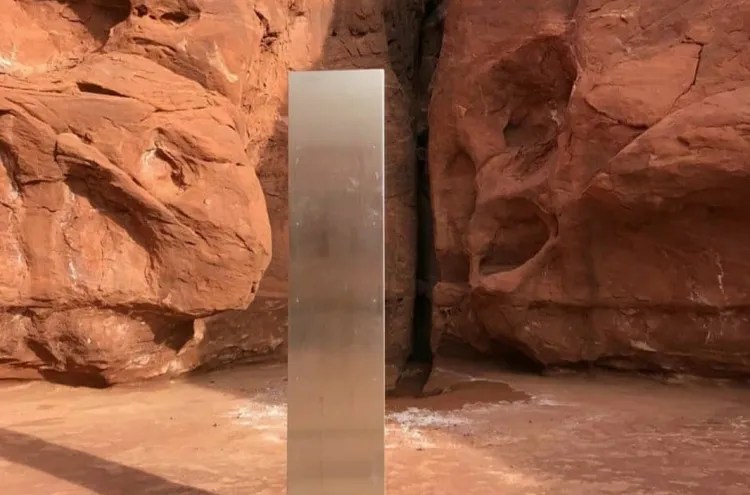

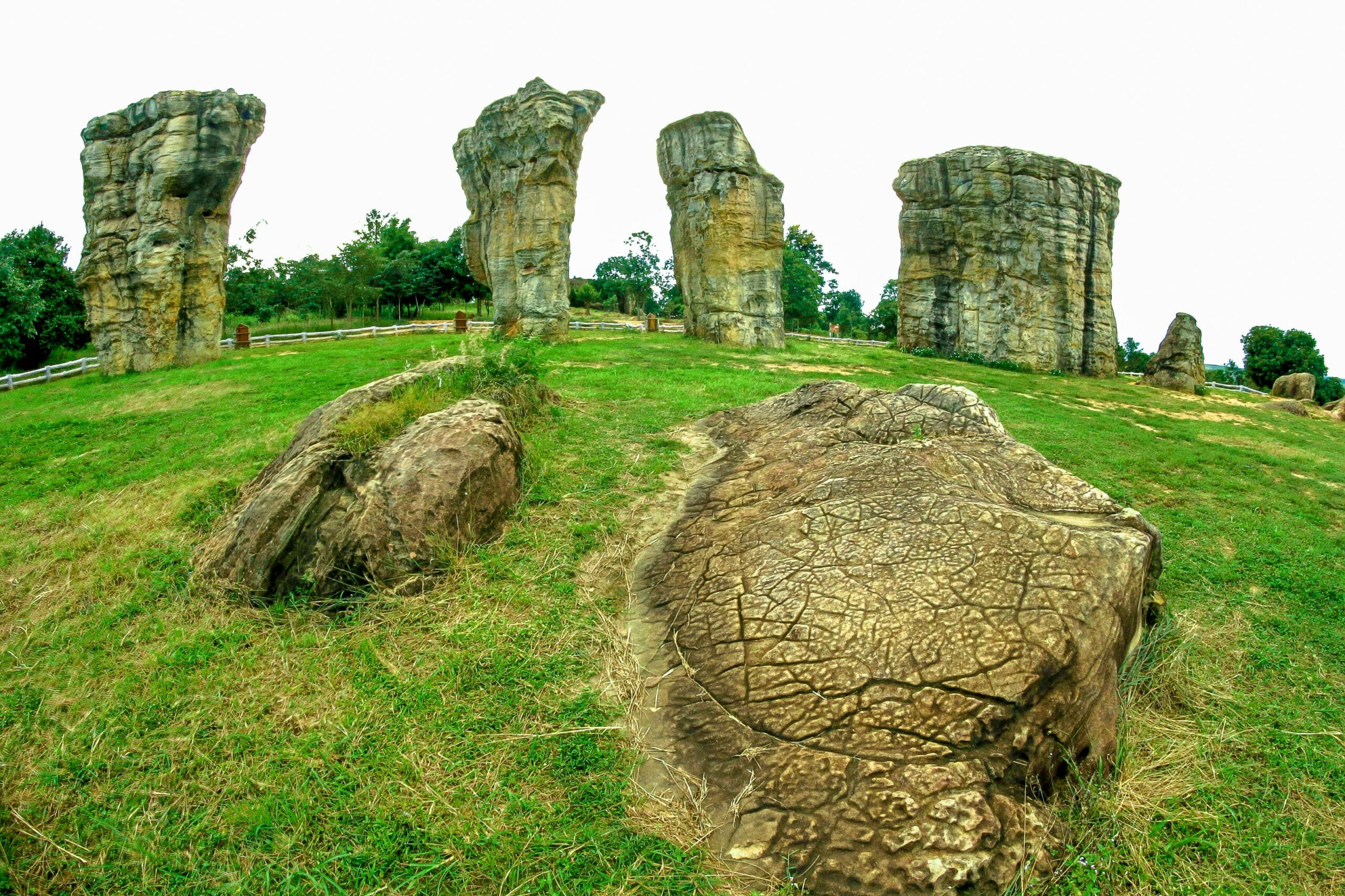
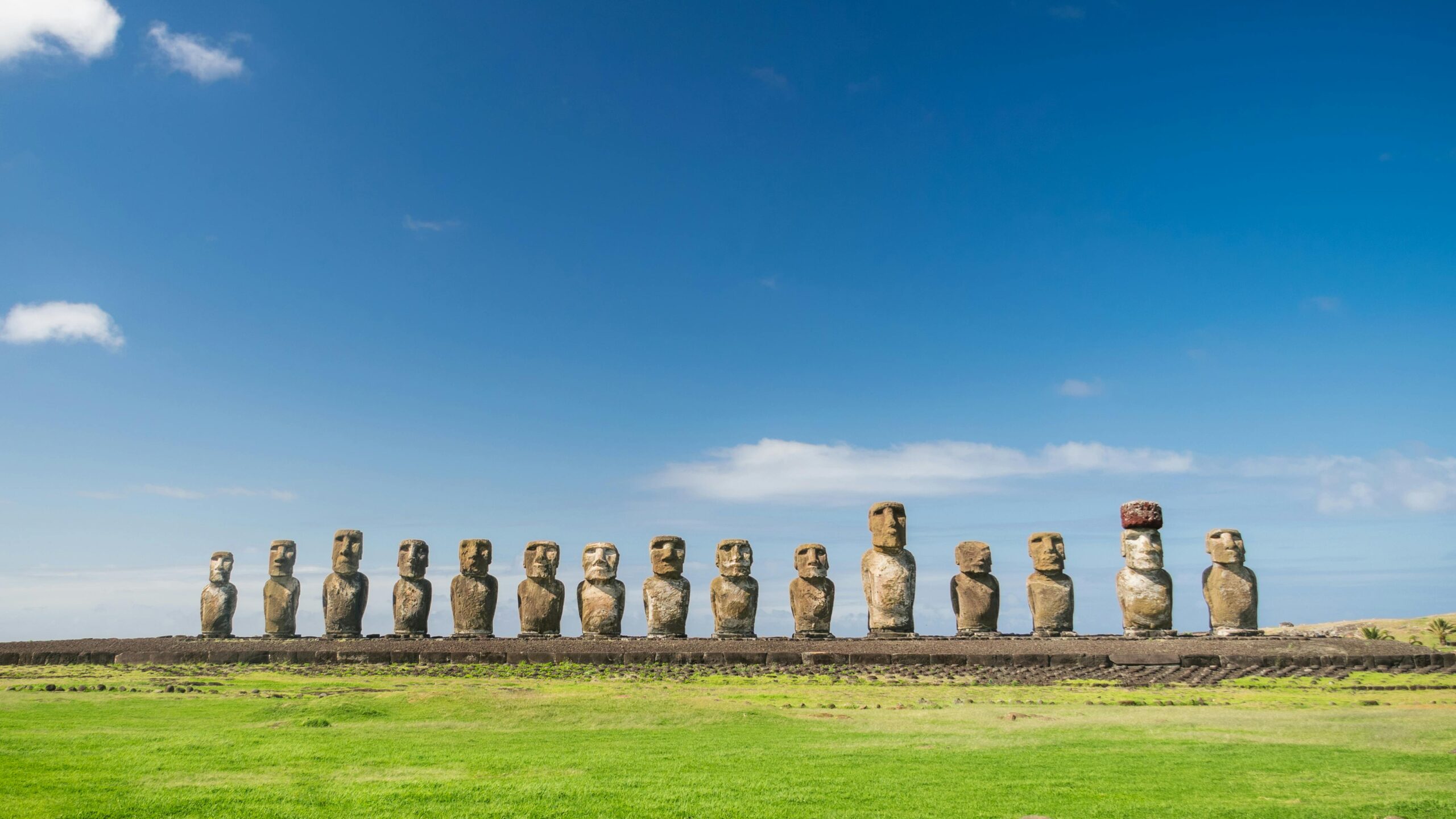
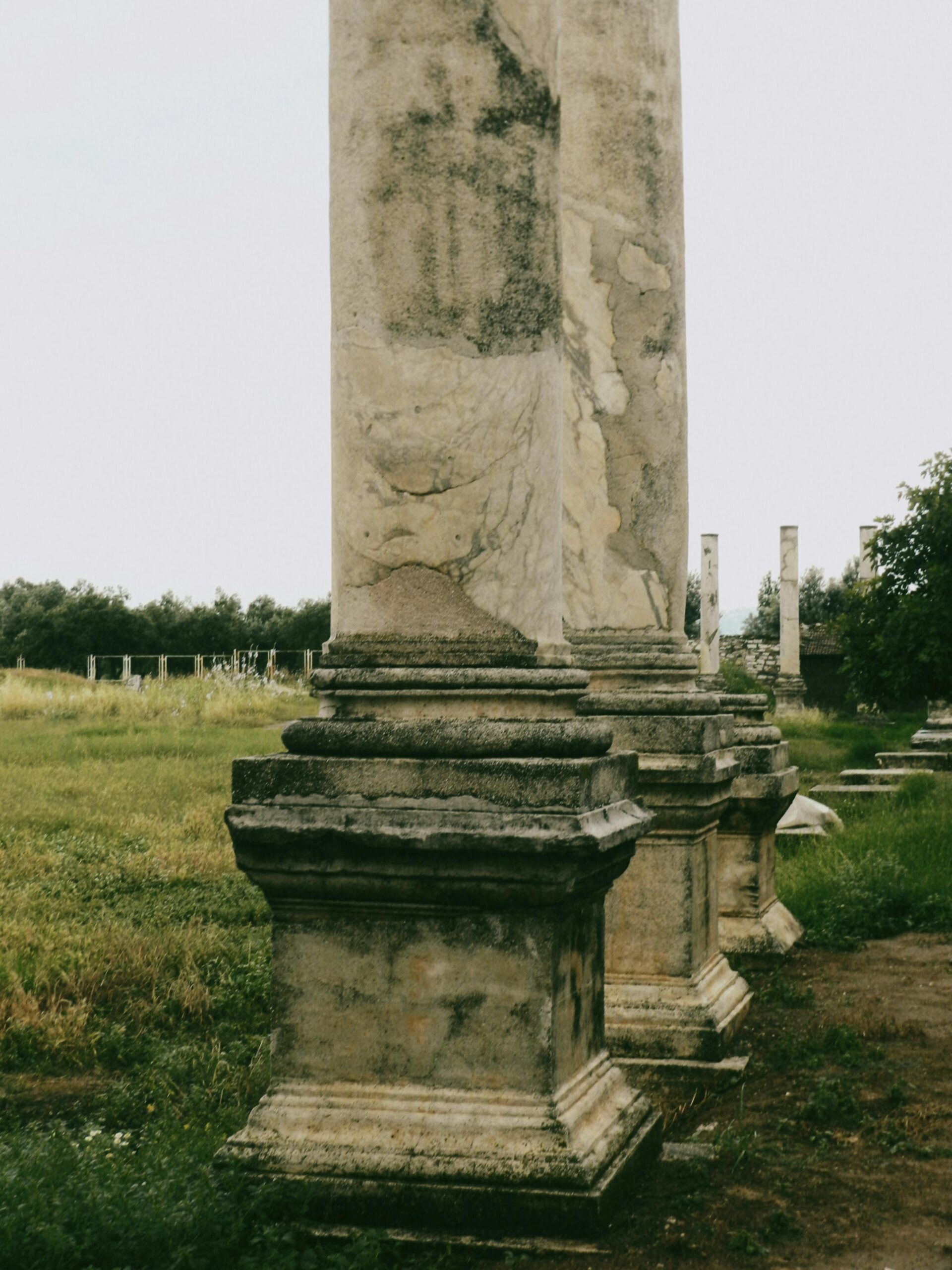
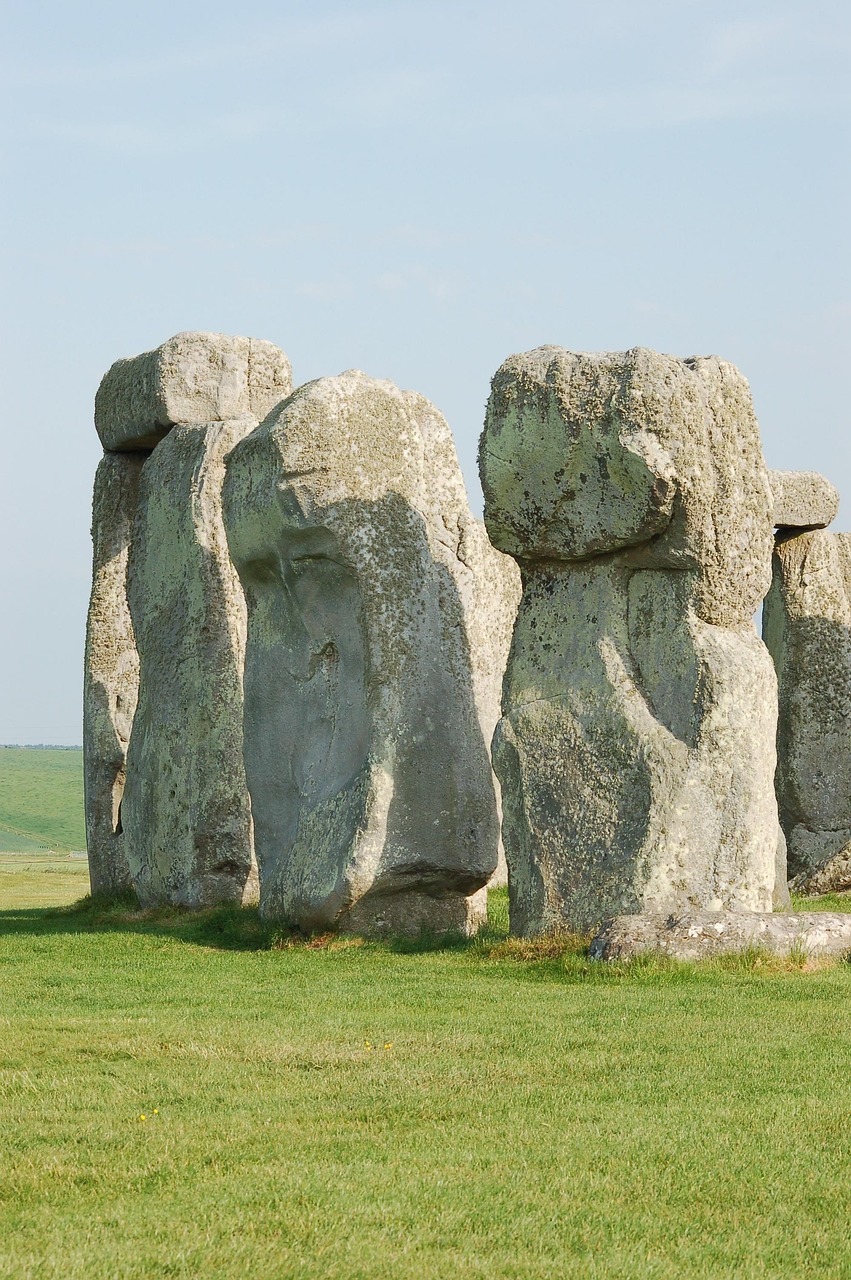
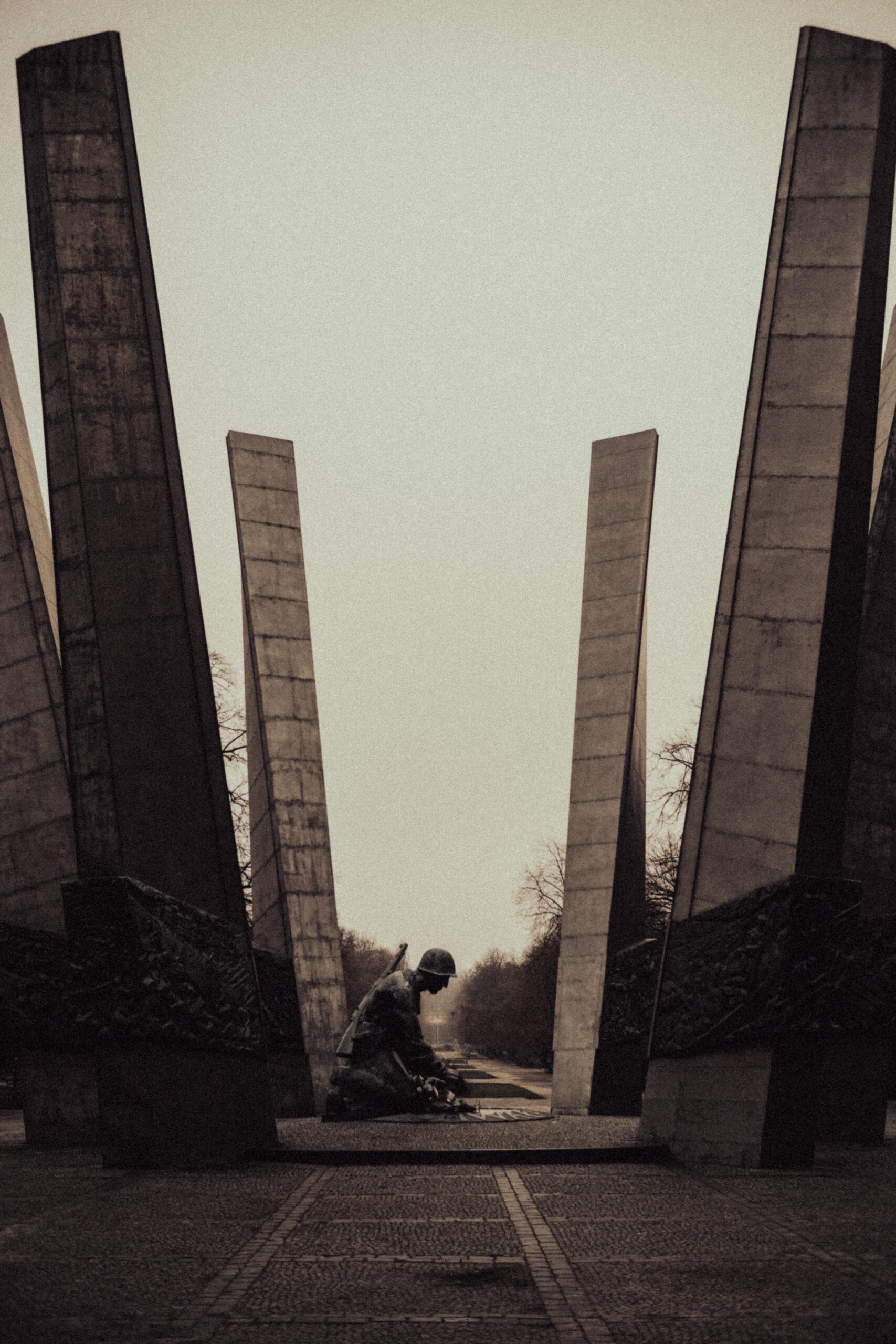





OH no Aliens shir!!! needa run
Monoliths have been strange since their discovery……